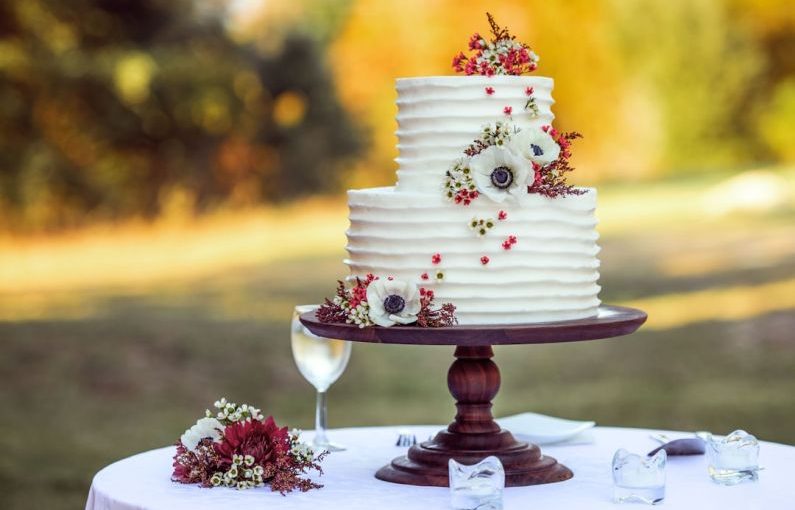For centuries, weddings have been steeped in tradition, symbolism, and rituals that hold significant meaning for the couple tying the knot. Among these traditions, the role of sugar and sweet treats in weddings stands out as a delicious and symbolic element that transcends cultural boundaries. From ancient ceremonies to modern-day celebrations, sugar has played a pivotal role in symbolizing love, sweetness, and good fortune in the union of two individuals. Let’s delve into the rich tapestry of sweet symbolism in weddings.
The Sweet Beginnings of Wedding Cakes
Wedding cakes have long been a focal point of wedding receptions, with their towering tiers and intricate designs serving as a centerpiece of the celebration. The tradition of the wedding cake dates back to ancient Rome, where guests would bring wheat-based cakes to the ceremony to symbolize fertility and prosperity for the newlyweds. Over time, this simple tradition evolved into the elaborate multi-tiered confections we see today, adorned with intricate decorations and often featuring a cake topper symbolizing the couple’s unity.
The sweet significance of the wedding cake goes beyond its visual appeal. The act of cutting the cake together symbolizes the couple’s first task as a team, highlighting their commitment to sharing both the joys and responsibilities of married life. The act of feeding each other a slice of cake is a gesture of love and care, symbolizing the couple’s promise to provide for and support one another throughout their marriage.
Sweet Treats and Wedding Favors
In addition to the wedding cake, sweet treats often play a role in wedding celebrations as favors for guests. From personalized candies to decadent chocolates, these sweet offerings serve as tokens of appreciation for attendees and symbols of the couple’s gratitude for their presence on this special day. In many cultures, the act of offering sweets to guests is believed to bring good luck and sweetness to their lives, reflecting the couple’s desire for a happy and harmonious marriage.
Sugar as a Symbol of Love and Unity
Beyond its role in wedding cakes and favors, sugar holds a deeper symbolism in the context of weddings. The sweetness of sugar is often associated with the sweetness of love, representing the joy, happiness, and affection that bind two individuals together in marriage. Just as sugar enhances the flavor of a dish, love enriches and enlivens the relationship between partners, creating a bond that is both enduring and fulfilling.
The act of sharing sweet treats with loved ones during a wedding celebration is a gesture of unity and connection, symbolizing the couple’s desire to share their happiness and blessings with those closest to them. In many cultures, the offering of sweets is a gesture of hospitality and generosity, reflecting the couple’s desire to create a warm and welcoming atmosphere for their guests.
Sweet Memories and New Beginnings
As the wedding day draws to a close and the last crumbs of cake are savored, the sweet symbolism of sugar lingers on in the memories of the couple and their guests. The sweetness of the day’s celebrations serves as a reminder of the love, joy, and hope that accompany the beginning of a new chapter in the couple’s lives. Just as sugar preserves the flavor of a dish, the sweet memories of the wedding day will endure, serving as a source of comfort and joy for the couple as they embark on their journey together.
In the sweetness of weddings, we find a reflection of the enduring power of love and the beauty of shared celebrations. From the ancient traditions of cake cutting to the modern-day trends of dessert tables, sugar continues to play a central role in symbolizing the sweet union of two individuals in marriage. As couples exchange vows and share sweet treats with their loved ones, they honor the rich symbolism of sugar and create lasting memories that will sweeten their hearts for years to come.





